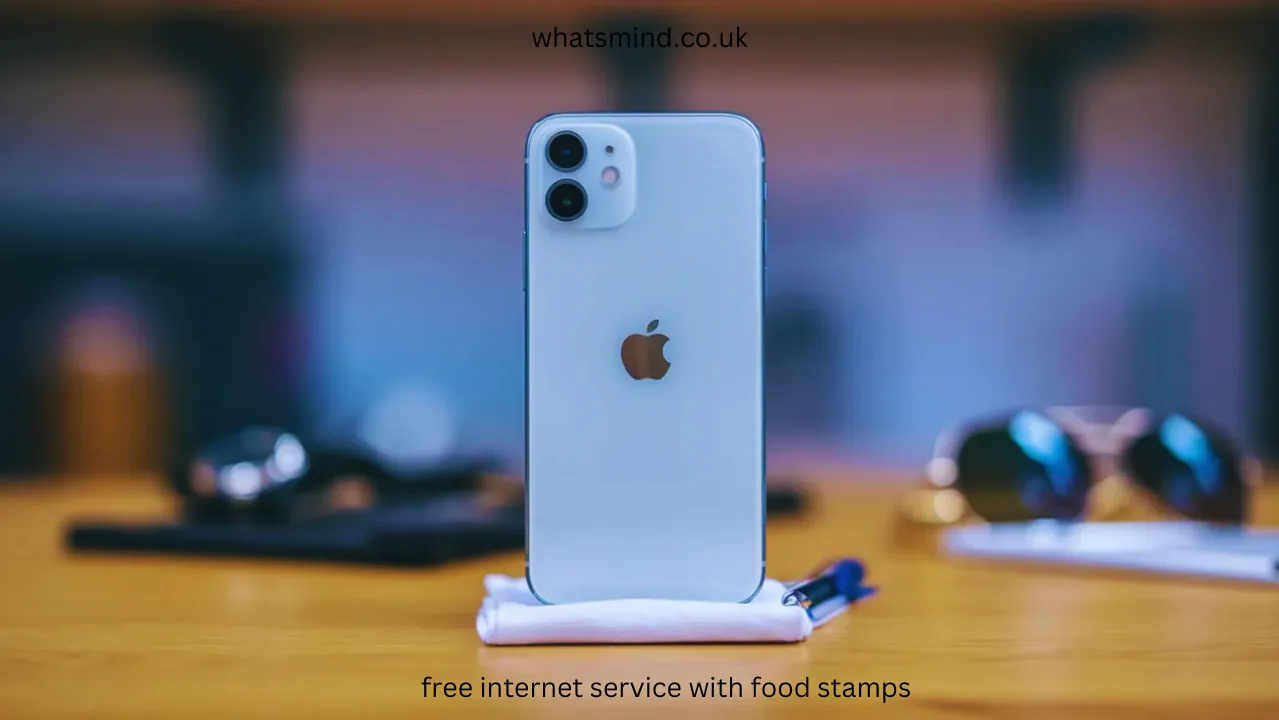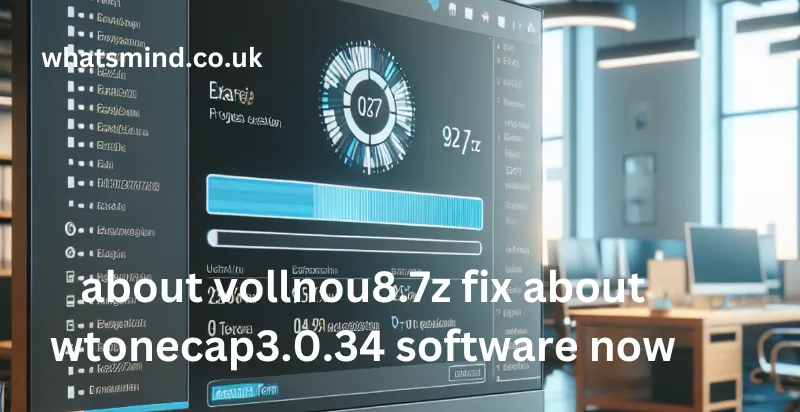As the world increasingly shifts toward digital platforms, access to the internet has become an essential part of modern life. From job applications and educational resources to essential services and social connections, the internet has transformed how we navigate daily tasks. Despite its importance, many low-income families struggle to afford internet service.
Fortunately, several programs can help these families access free or discounted internet services, particularly for those who qualify for government assistance like food stamps (officially known as the Supplemental Nutrition Assistance Program, or SNAP). In this article, we will explore how individuals and families can leverage food stamps to obtain free internet service, the available resources, and some frequently asked questions.
Understanding the Connection: Food Stamps and Internet Access
Why Internet Access Matters
In today’s digital age, the significance of having reliable internet access cannot be overstated. It supports educational opportunities for children, job searches for adults, access to health care resources, and connections to community services. Limitations in internet access disproportionately affect low-income households, perpetuating existing inequalities and hindering opportunities for upward mobility.
The Intersection of Food Stamps and Internet Service
Many internet service providers (ISPs) recognize the need to offer affordable solutions to low-income households. Consequently, numerous programs exist to provide free or discounted internet service options tied to eligibility for social assistance programs like SNAP. Families receiving food stamps may qualify for these programs, which can significantly alleviate financial stress and broaden their access to digital resources.
Programs Offering Free or Discounted Internet Service
Numerous ISPs across the United States provide assistance to households receiving SNAP benefits. Here are some notable programs:
1. Lifeline Program
The Lifeline Program, managed by the Federal Communications Commission (FCC), offers monthly discounts on phone and internet services to eligible low-income consumers. Individuals and families who are enrolled in SNAP automatically qualify for this program. Depending on the state, the Lifeline benefit can help reduce monthly internet costs significantly, sometimes bringing the price down to as low as $9.25 per month or even granting free service.
2. Comcast Internet Essentials
Comcast offers Internet Essentials, a program designed to provide affordable internet service to families with children who qualify for free or reduced-price school lunches, which often overlaps with those receiving SNAP benefits. For just $9.95 a month, eligible households can access high-speed internet service. In some instances, Comcast may provide a one-time discount on a computer or a laptop, further facilitating access to technology.
3. AT&T Access Program
AT&T’s Access program provides low-cost internet service to qualified households. Specifically aimed at those enrolled in SNAP, the program offers internet plans priced at either $5 or $10 monthly. With internet speeds up to 25 Mbps, this program is an excellent option for families who need affordable internet access without the burden of high costs.
4. Spectrum Internet Assist
Spectrum has launched the Internet Assist program, which offers reduced-cost internet services to qualified low-income households, including those enrolled in SNAP. For a monthly fee of $17.99, families can enjoy high-speed internet access.
5. T-Mobile Project 10Million
Aimed at addressing the digital divide, the T-Mobile Project 10Million program provides free mobile internet access for eligible families, including those receiving SNAP benefits. The program not only offers free mobile hotspots for students but also provides high-speed data and a dedicated support line.
How to Apply for Free Internet Services with Food Stamps
1. Determine Eligibility
To access free or discounted internet services with food stamps, households must first qualify for SNAP. Check your eligibility through your local state’s SNAP office or website, which will provide guidance on the application process.
2. Research Available Programs
Once you confirm your eligibility for SNAP, research the various internet service programs available in your area. Often, these programs are offered by multiple ISPs, so compare their benefits, plans, and pricing to find the best fit for your family’s needs.
3. Collect Documentation
ISPs typically require proof of SNAP eligibility during the application process. Gather necessary documentation such as your SNAP card or approval letter, proof of identity, and any additional information requested by the ISP.
4. Complete the Application Process
Follow the application instructions provided by the chosen ISP. Applications can often be completed online, over the phone, or in-person, depending on the provider. Make sure to submit any required documents promptly to avoid delays in obtaining service.
5. Receive Installation and Begin Using the Service
Upon approval, you will receive information about installation, equipment, and monthly service fees (if applicable). Once everything is set up, you can begin utilizing your internet service for education, job searching, and more.
FAQs about Free Internet Service with Food Stamps
1. Can I get free internet service if I only receive food stamps?
Yes, many ISPs provide discounts or free service to families who are only enrolled in the SNAP program. For example, the Lifeline Program and several ISPs specifically cater to this group.
2. Are there any equipment fees associated with free internet services?
Some programs offer free or discounted installation and equipment. However, specific fees can vary between ISPs and available plans. Always inquire about any additional costs when applying.
3. How do I find a list of ISPs that participate in free internet programs?
You can start by visiting the FCC’s Lifeline page or local government’s website. Community organizations and libraries may also provide information about participating ISPs in your area.
4. Is the internet service truly free?
While some programs may provide completely free internet service, others may charge a small monthly fee. Review the program’s terms and conditions to understand any associated costs.
5. What if my internet service isn’t working properly?
Each ISP has a customer service line to assist with troubleshooting and technical support. Don’t hesitate to contact them for help if you encounter issues.
Conclusion
Accessing the internet should not be a privilege limited to certain income levels; it is a necessity for modern life. Fortunately, low-income families who receive food stamps have various options for obtaining free or affordable internet through government programs and ISP initiatives. By utilizing resources like the Lifeline Program, Comcast’s Internet Essentials, and AT&T’s Access program, families can remove barriers to digital access, helping open the door to educational, employment, and social opportunities.
In a world more interconnected than ever, ensuring everyone has access to the internet is vital for a more equitable society. By staying informed about the available programs and taking proactive steps to enroll, families on food stamps can improve their access to crucial online resources—all while saving money on essential services.


